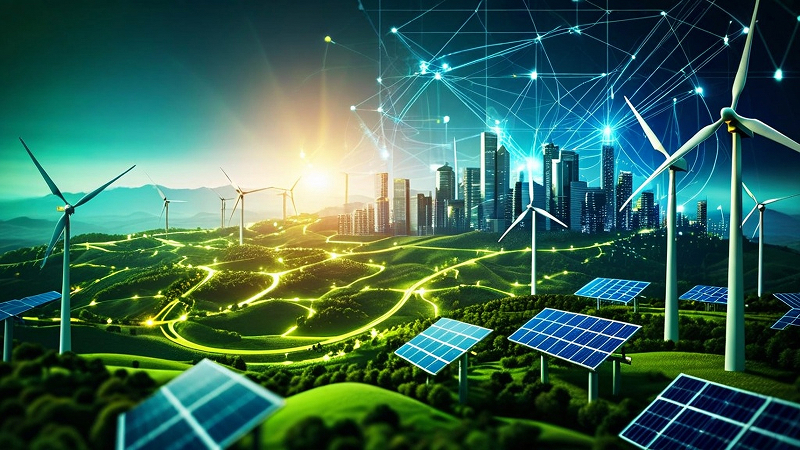Clean Tech Innovations Push the Next Wave of Sustainable Energy

A new wave of clean tech innovations is redefining how the world generates, stores, and consumes energy. Over the past year, companies and research teams worldwide have unveiled breakthroughs in solar efficiency, battery storage, and carbon reduction systems. These advancements are arriving at a crucial moment as nations race to meet climate commitments and transition to low-emission economies.
A Sector Racing Against Time
The clean tech sector has been expanding rapidly due to mounting climate pressures, stricter government policies, and growing corporate sustainability mandates. High energy prices and rising carbon taxes have pushed both industries and governments to invest heavily in research and development. Recent studies show that clean technology investment is at its highest pace in a decade, driven by global demand for cleaner and more cost-efficient energy solutions.
Breakthroughs Driving Momentum
Recent innovations span multiple segments of the clean tech industry:
1. Next-Generation Solar Panels
Recent prototypes of ultra-thin, perovskite-based solar cells have achieved record-high efficiency levels in laboratory tests. These panels are lighter, cheaper to manufacture, and capable of performing better in low-light conditions, making them promising for rooftops, vehicles, and portable devices.
2. Advanced Energy Storage Systems
New solid-state batteries, capable of storing more power at lower temperatures and with significantly reduced fire risk, are entering early commercialization phases. Experts say their adoption could eventually reduce the cost of large-scale energy storage and stabilize renewable grids.
3. AI-Optimized Renewable Grids
Power utilities are increasingly using artificial intelligence to predict energy demand, reduce grid waste, and automate switching between renewable sources. AI-driven grid control can also help balance wind and solar fluctuations, ensuring more reliable green power supply.
4. Carbon Capture and Utilization (CCU)
Innovations in CCU technology now allow captured CO₂ to be converted into usable building materials, synthetic fuels, and even agricultural fertilizers. Researchers highlight that scaling such systems could significantly lower industrial emissions.
Why These Innovations Matter
Perovskite solar cells work by using a crystalline structure capable of absorbing more light while requiring fewer raw materials than traditional silicon panels. Solid-state batteries, meanwhile, replace liquid electrolytes with solid layers—dramatically improving safety and reducing degradation.
AI-powered grids use predictive modeling and real-time analytics to optimize how renewable energy flows through cities, reducing both costs and carbon output.
A Cleaner, More Affordable Future
If widely adopted, these technologies could accelerate the global shift to renewable power, lower energy bills for consumers, and reduce carbon emissions across industries. Businesses benefit through lower operating costs and increased energy independence. For governments, the innovations support national climate goals while fostering green job creation.
Challenges & Limitations
Despite the progress, several hurdles remain. Perovskite cells still face durability issues in harsh climates. Solid-state batteries remain expensive to produce at scale. Carbon capture systems require substantial upfront investment, and AI-powered grids raise concerns around data privacy and cybersecurity. Addressing these challenges will be key for mainstream adoption.
Future Outlook
Industry analysts expect the clean tech sector to continue accelerating, driven by policy incentives, improved manufacturing processes, and global collaboration. Future breakthroughs may include grid-scale hydrogen storage, recyclable solar panels, and smarter energy management systems integrated into everyday homes and cities.
Conclusion
Clean tech innovations are rapidly shaping the world’s energy future. While challenges persist, the momentum behind renewable energy and sustainable solutions has never been stronger. With continued research, investment, and policy support, these advancements could form the backbone of a cleaner, more resilient global energy ecosystem.